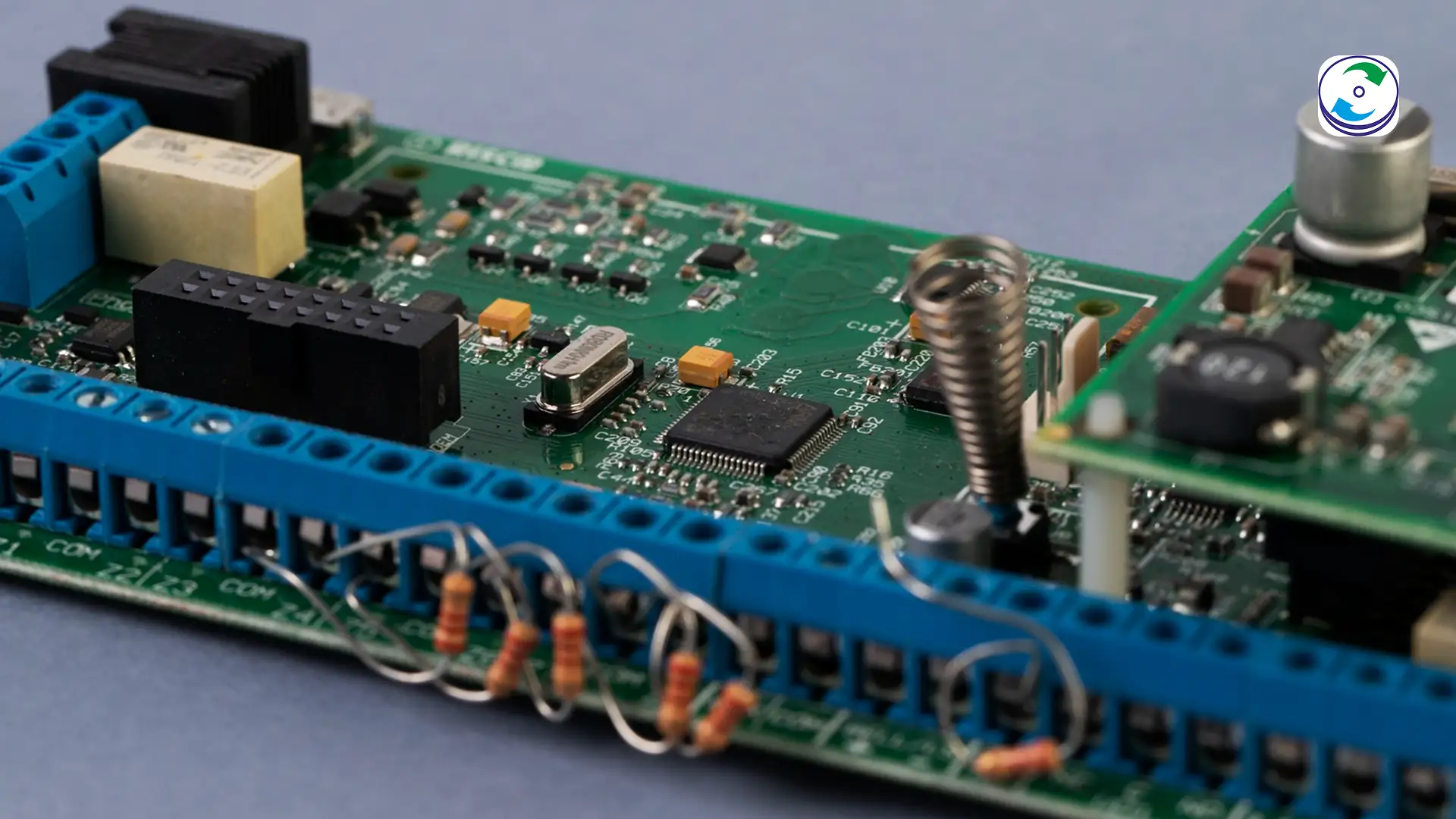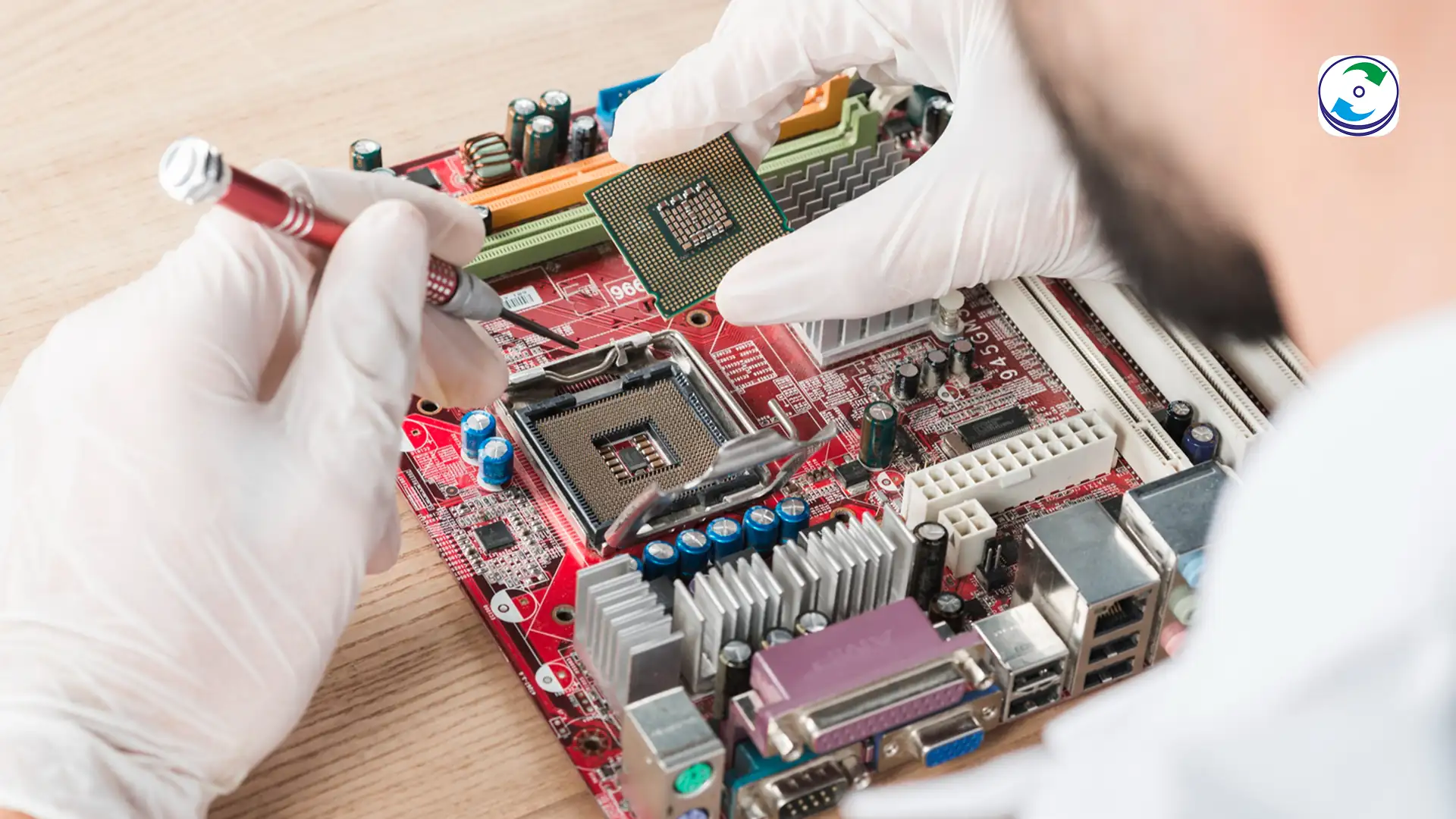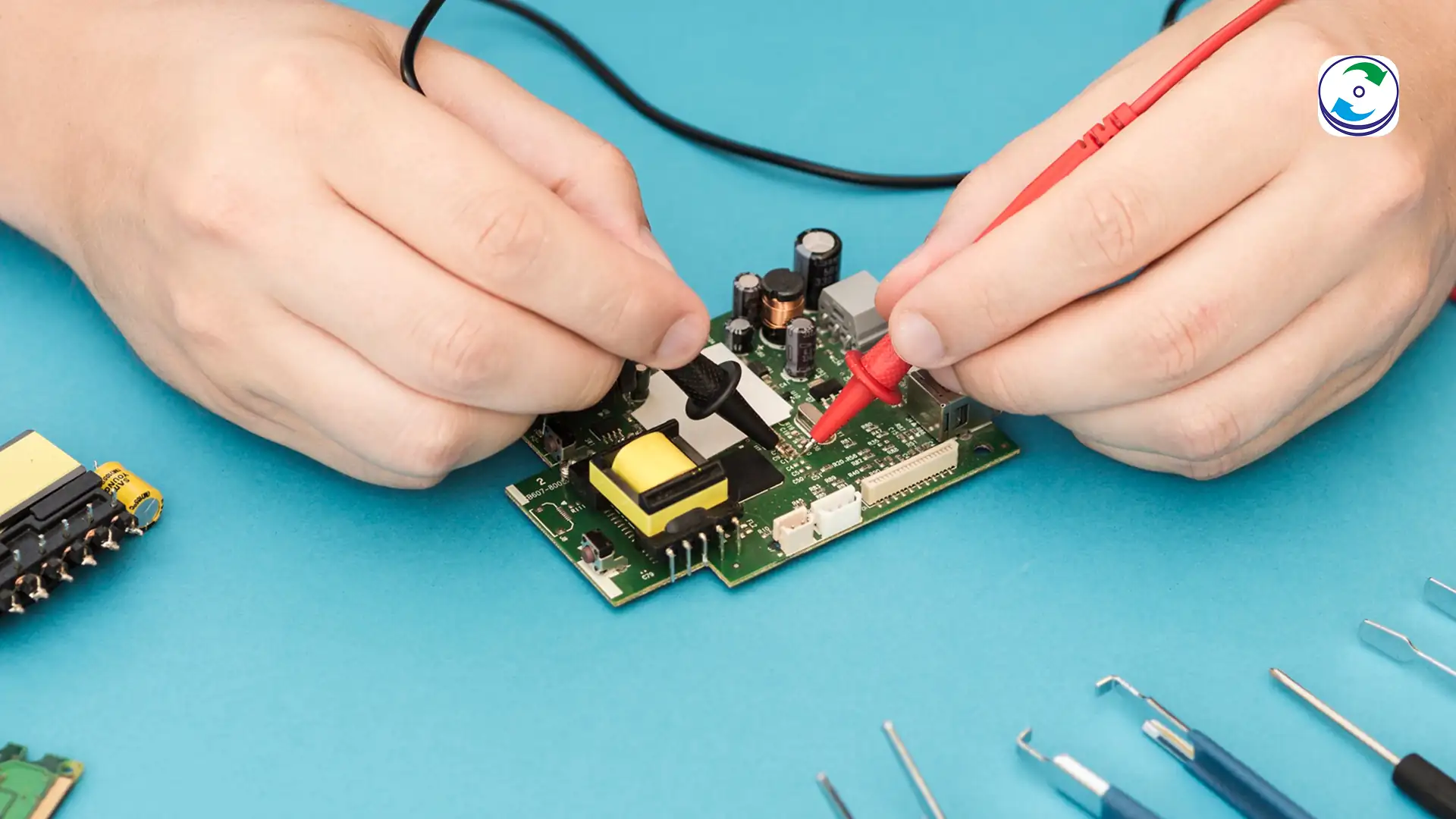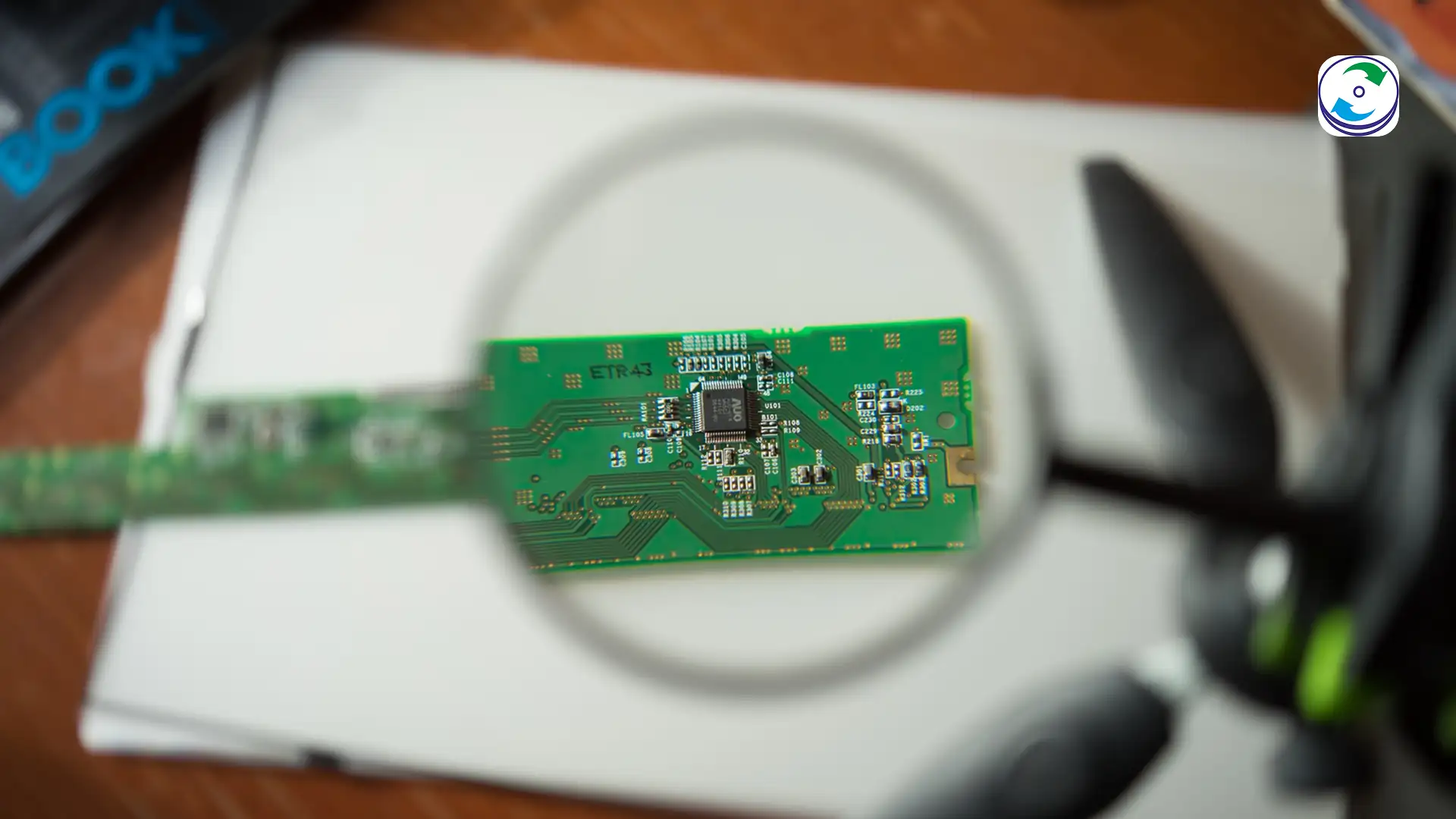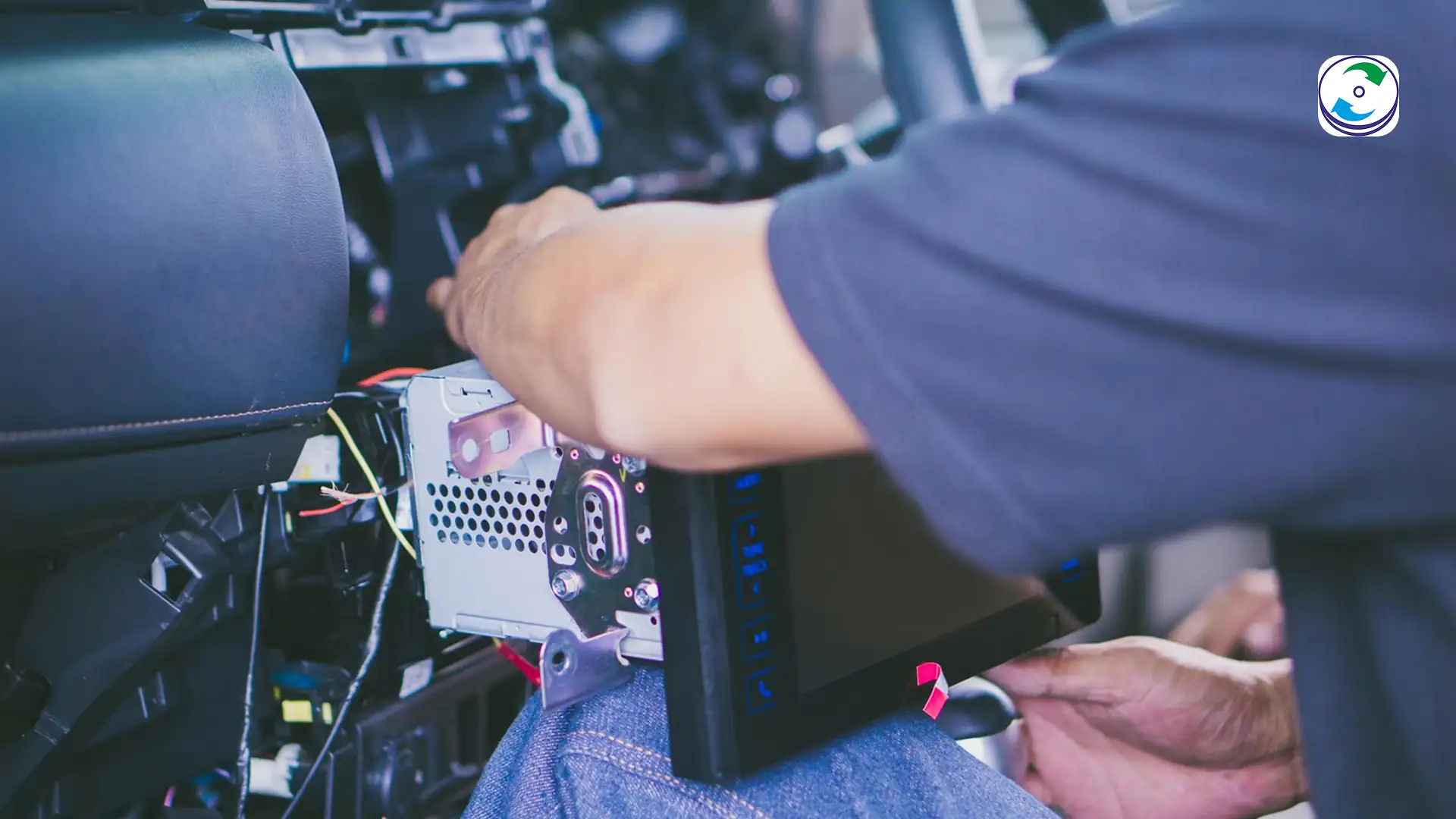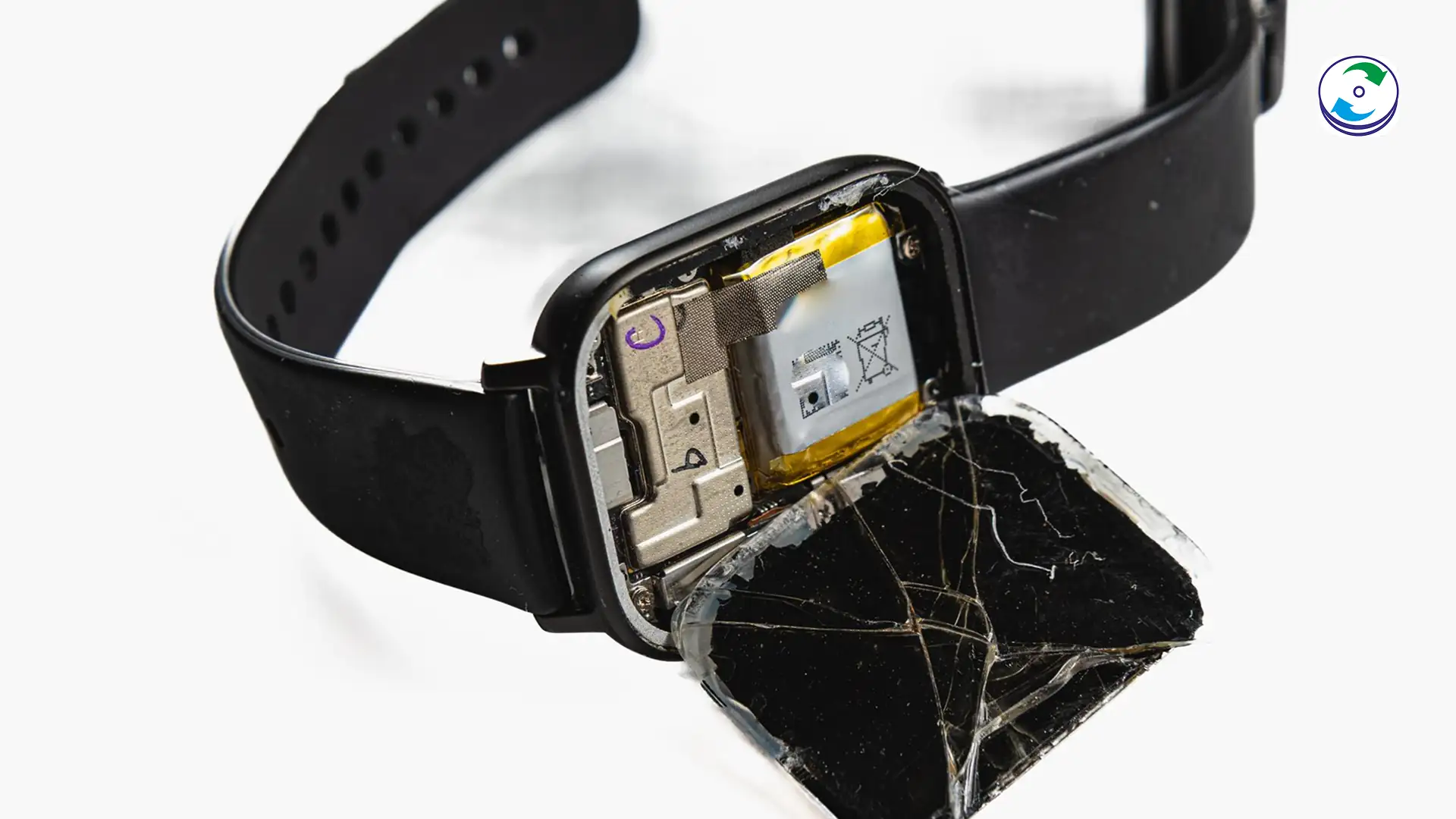Is Burying Your Phone in Rice a Myth or a Miracle Cure for Water Damage?
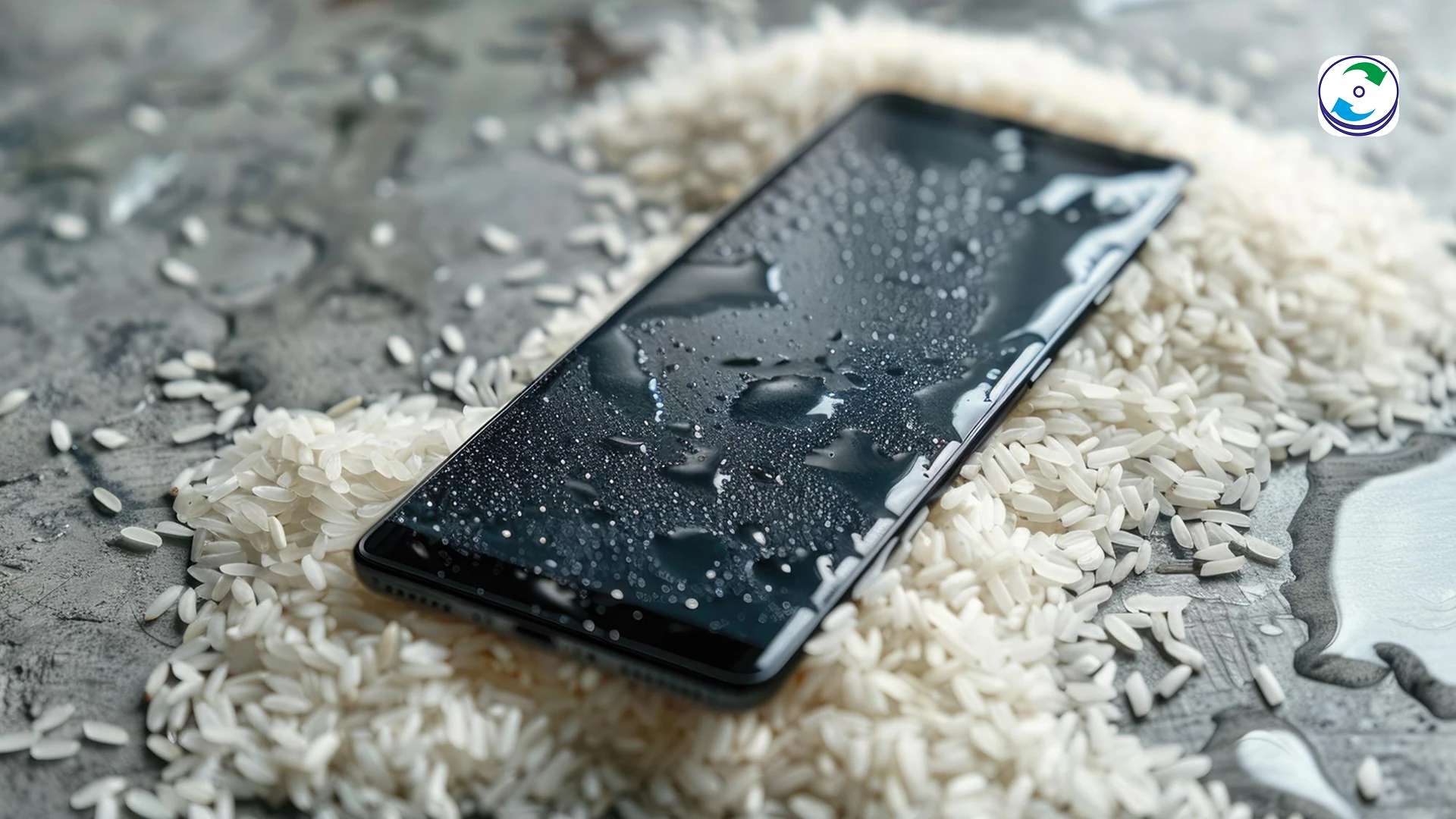
The Universal Panic and the Go-To Solution
It’s an all-too-common scenario: a moment of clumsiness, a splash, and the heart-stopping sight of your smartphone submerged in water. Whether it’s a toilet, a swimming pool, or a spilled glass of water, the panic is immediate and overwhelming. In that split second, a single piece of folk wisdom floods your mind: “Put it in a bag of rice!”
This advice has been passed down for years, believed to be the ultimate home remedy for a water-damaged device. The logic seems sound—rice is a desiccant, it absorbs water, and therefore it should pull the moisture out of your phone’s delicate electronics.
But from our perspective as professional data recovery experts at DataCare Labs, this popular myth is not only ineffective but can actively and permanently damage your device. The rice trick is a dangerous gamble that can turn a recoverable situation into an absolute loss. This guide will expose the truth behind the myth, explain the real science of water damage, and show you the only correct way to save your water-logged device.
The Universal Panic and the Go-To Solution
The belief that uncooked rice can save a wet phone isn’t entirely baseless. Rice does, in fact, absorb moisture. If you’ve ever noticed a few grains of rice in a salt shaker to prevent clumping, you’ve seen this principle in action. The rice absorbs ambient humidity, keeping the salt dry.
When a phone is placed in a bag of rice, the rice grains will absorb a small amount of the surface-level moisture. In cases where a device only suffered a minor splash and was not fully submerged, this minimal moisture absorption, combined with the passage of time, can sometimes lead to the phone working again. This apparent “success” is what perpetuates the myth—people credit the rice, when in reality, the phone would have likely dried out and functioned on its own without any intervention at all.
The Harsh Reality: The Dangers of the Rice Trick
While the rice trick may seem harmless, it is a perilous gamble. For any device that has been fully submerged or exposed to more than a few drops of water, placing it in a bag of rice is a waste of precious time. Here’s why:
- It’s Incredibly Ineffective: Studies have shown that rice is a very poor desiccant compared to other common materials like silica gel. It absorbs moisture at a glacial pace, taking days to have any meaningful effect. In the race against time after a water spill, every minute spent in a bag of rice is a minute lost to a far greater danger.
- The Real Enemy: Corrosion: The biggest threat to your phone isn’t the water itself; it’s the electrical and chemical reactions that water triggers. As soon as water touches the internal components of your phone’s motherboard, it begins a process of oxidation and corrosion. This process, often accelerated by the presence of minerals, salt, or other contaminants in the water, can permanently destroy circuits, solder joints, and vital components. The corrosion timeline is short and brutal. Within hours, irreparable damage can occur.
- Introducing New Contaminants: Uncooked rice is not clean. It contains dust, dirt, and fine particles of starch. When you place a wet phone with open ports (like the charging port or headphone jack) into a bag of rice, these tiny particles can get lodged inside the device. Over time, as the rice absorbs moisture and gets sticky, it can create a grimy residue that can be just as destructive as the initial water, making a professional repair or data recovery far more difficult, if not impossible.
- It Gives a False Sense of Security: The illusion that the rice is “fixing” the problem gives people a reason to wait. During this time, the phone sits idle while corrosion relentlessly eats away at the internal components. By the time a user realizes the rice trick has failed, it may be too late to save the device or recover the data.
The Immediate “Do’s” and “Don’ts” of Water Damage
So, if the rice trick is a myth, what should you do? Your immediate actions are the single most important factor in a successful outcome. Follow this critical checklist:
- DO: Power off the device immediately. This is the most crucial step. A live electrical current running through a wet circuit board is what causes the most damage.
- DO: Remove the battery if possible. On many modern smartphones, this is not an option, but if you have a device with a removable battery, take it out immediately.
- DO: Gently wipe down the exterior of the device with a clean, lint-free cloth or paper towel to remove any surface-level liquid.
- DO: Place the device in an airtight container or zip-lock bag. If you have any silica gel packets (those small white bags that come in shoe boxes or electronics packaging), throw a few of those in with the device. They are far more effective at absorbing moisture than rice.
- DO: Contact a professional data recovery service like DataCare Labs as soon as possible. Time is of the essence.
- DON’T: Do not attempt to turn the device back on. Ever.
- DON’T: Do not plug the device into a charger.
- DON’T: Do not use a hairdryer, oven, or microwave to “speed up” the drying process. Extreme heat can damage sensitive electronic components and warp the phone’s case.
- DON’T: Do not open the device yourself. You risk further damage and will void any potential warranty.
The Professional Solution: What a Data Recovery Lab Actually Does
When you bring a water-damaged device to DataCare Labs in Pune, we don’t use magic or folk remedies. We use a professional, scientific process designed to neutralize the damage and recover your data.
- Immediate Assessment and Disassembly: We perform a thorough diagnostic of the device. Our engineers carefully open the device in a controlled environment to assess the extent of the water damage and corrosion.
- Ultrasonic Cleaning: This is a vital step. We submerge the device’s logic board in a specialized ultrasonic cleaner with a non-conductive, cleaning solution. The ultrasonic vibrations create microscopic bubbles that gently scrub away corrosion, contaminants, and moisture from every nook and cranny of the board without causing any physical damage.
- Micro-Soldering and Component-Level Repair: Once the board is clean, our engineers inspect the components under a microscope. If any resistors, capacitors, or chips have been compromised by corrosion, they can be repaired or replaced using advanced micro-soldering techniques.
- Data Extraction: After the device is stabilized, the data is extracted directly from the memory chip, bypassing any remaining damaged components. For hard drives that have been water-damaged, this is done in a Class 100 Cleanroom to protect the delicate platters from dust and debris.
Conclusion: Trust the Experts, Not the Myths
A water-damaged phone is a serious situation, but it is far from hopeless if handled correctly. The popular advice to put a phone in rice is a myth—a well-intentioned but ultimately dangerous practice that wastes critical time and can lead to permanent data loss.
The only real path to saving your phone and, more importantly, your valuable data, is to act quickly and seek professional help. At DataCare Labs, we have the tools, expertise, and processes to give your water-damaged device the best possible chance of a full recovery. Don’t let a myth turn a temporary disaster into a permanent one.


